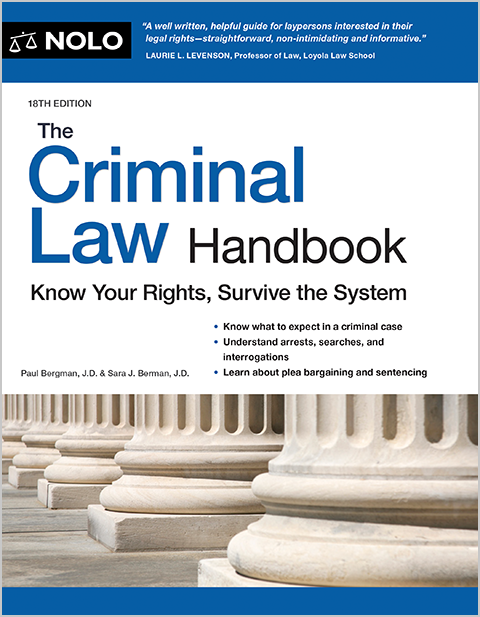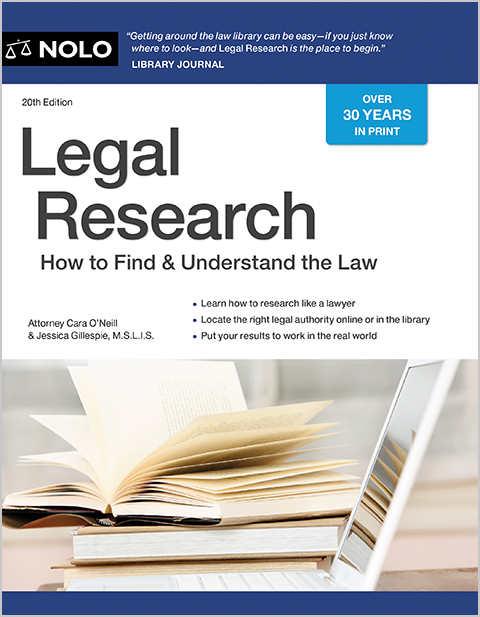Release on your own recognizance means you don't have to pay bail.
Simply put, OR release is no-cost bail. Defendants released on their own recognizance need only sign a written promise to appear in court as required. No bail has to be paid, either to the court or to a bail bond seller. However, all other aspects of bail remain the same. That is, a judge can place conditions on a defendant released OR (such as to check in regularly with a probation officer and to abstain from the use of drugs or alcohol) and order the arrest of a defendant who fails to show up in court when required.
How Judges Decide to Release People on OR
Judges have nearly absolute discretion when it comes to deciding whether to require bail or release a suspect on OR. Generally, the same factors that might incline a judge to set low bail may persuade the judge to grant OR release. Thus, factors favoring OR release include a suspect's good past record, longtime residence in a community, support of family members, and employment.
OR Officers
Many communities rely on OR officers (they might go by other titles, like pretrial officers) to help judges decide whether to release suspects OR. When a suspect requests release OR, a judge may ask an OR officer to check a suspect's general background, past criminal record, and ties to the community. The OR officer will then make a nonbinding recommendation to the judge.

